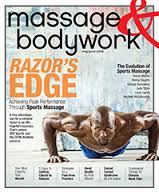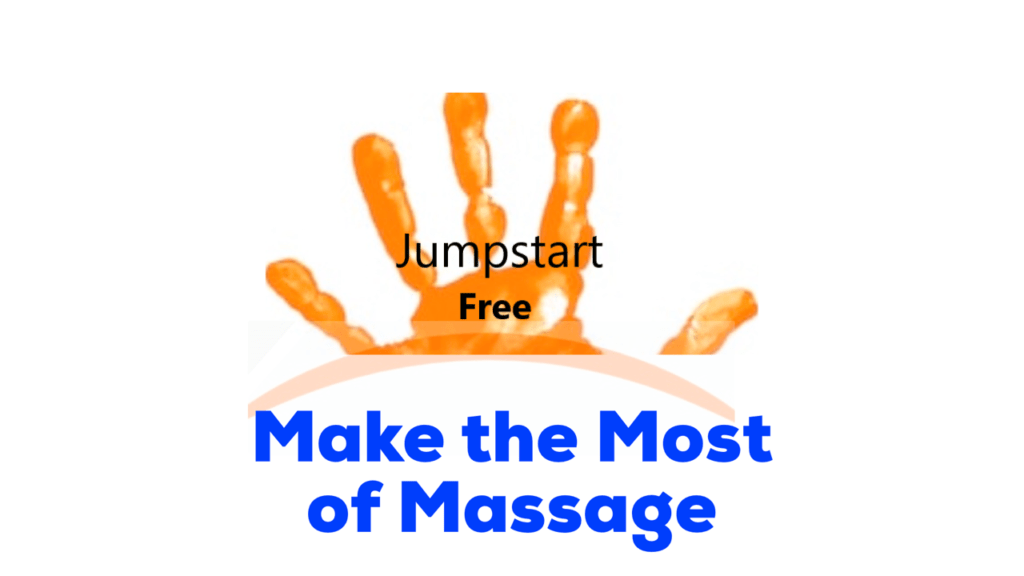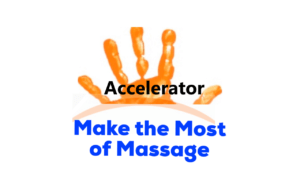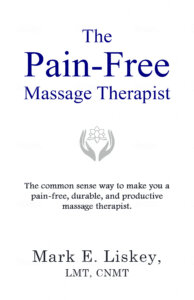You may be surprised when I tell you that the most important tool in my neuromuscular toolkit is not a T-bar. My most important tool is actually a strategy. And it has helped my clients get out of pain (and save money) far greater than any other tool I use. It’s called Perpetuating Factors.
What is a Perpetuating Factor?
A perpetuating factor can be defined as anything one does (bad work posture to bad decision making) or has (a structural imbalance) that aggravates or prolongs a pain condition.
When I learned St. John’s neuromuscular therapy (NMT), the emphasis was on finding the structural perpetuating factor (e.g., short leg, hemipelvis). And that’s what I did in my practice—but then I injured my back.
My Worst Perpetuating Factor Ever
When I injured my back, I searched hard for the structural perpetuating factor. I stood on two scales to see if I had a weight distribution imbalance, but that checked out okay. My friend who was a chiropractor found no structural issues when looking at my X-rays. I didn’t have a leg length differential and my arches were fine. I was baffled.
At the same time, I rehabbed with deep muscle massage, chiropractic adjustments and PT. But I wasn’t getting better. In fact, I was getting worse. A lot.
Finally, in desperation, I stopped everything, both searching for structural perpetuating factors and all treatments. And within a couple weeks I was better.
Who? Little Ole Me?
Over the next year, I began to understand what had happened. Initially, I had tweaked my back working out. Then I made things worse by trying to fix it with aggressive treatments. I was the perpetuating factor.
There are 3 gigantic reasons why I pay close attention to non-structural (lifestyle) perpetuating factors: 1. To get a client out of pain, 2. To help her avoid pain in the future, 3. To save her money.
The Miracle Cure
Scott would come to see me when his lower-back acted up, maybe 2 – 3 times a year. Recently he came in with extreme pain in an area by his upper right scapula and the front of his shoulder. It was a completely new pain.
He said that there was no event that caused it and nothing had changed in his activities at home, work and play.
His guess was the he reinjured the rotator cuff that he had surgically repaired a couple of years ago. But that didn’t make sense to me because his range of motion was fine in that shoulder and there was no strength loss.
There had to be a perpetuating factor somewhere.
Scott Lied (Well…Sort of Lied)
In the massage room, Scott yelped when I pressed the pain area. That area didn’t feel tight to me. And it felt and looked the same as on the opposite side (the side that didn’t bother him). I went back to asking questions and I got the same response: nothing changed. But then he paused. “Well,” he said, “I did change my desk.”
Pay dirt!
Scott’s new desk was a standing desk. The standing desk fit on top of his current desk. He adjusted it up when he stood to work. He lowered it when he sat down.
As we continued to talk, his new pain made sense to me. When he stood to work, his arms were completely unsupported. This meant that his shoulder and upper back had to do more work now. Under the added muscular stress, his right shoulder/scapula area (compromised from being injured before) rebelled. In addition, the pain occurred at the same time as when he changed to the standing desk.
He got rid of the standing desk and the pain went away.
I Saved Scott $5000
If we hadn’t uncovered Scott’s lifestyle perpetuating factor, his trajectory could have been this: doctors’ visits, muscle relaxants, anti-inflammatory pills/injections, PT, X-rays and possibly an MRI—easily $5000 plus in bills.
In addition, Scott was out of pain and knew how to avoid pain in the future. To me, that is a powerful tool.
Perpetuating Factors Crash Course
I find if you keep these 3 questions in mind when looking for a lifestyle perpetuating factor, you have an excellent chance to figure things out:
- Has anything changed in your work, home or recreational life?
- If so, when did the change occur?
- If just before or soon after the pain occurred, could this change be connected to the pain?
And remember that a client may have filtered out something that she thinks is unimportant, like Scott did with his standing desk (after all, standing desks are supposed to be good for you, right?). So, stay on the trail.
You Got This!
If you’re new to the idea of Perpetuating Factors and/or are struggling with it, leave a comment here.
Need More Help?
Sign up for my email group and get my latest info. It’s free and you can unsubscribe whenever you want:-)







Comments on this entry are closed.